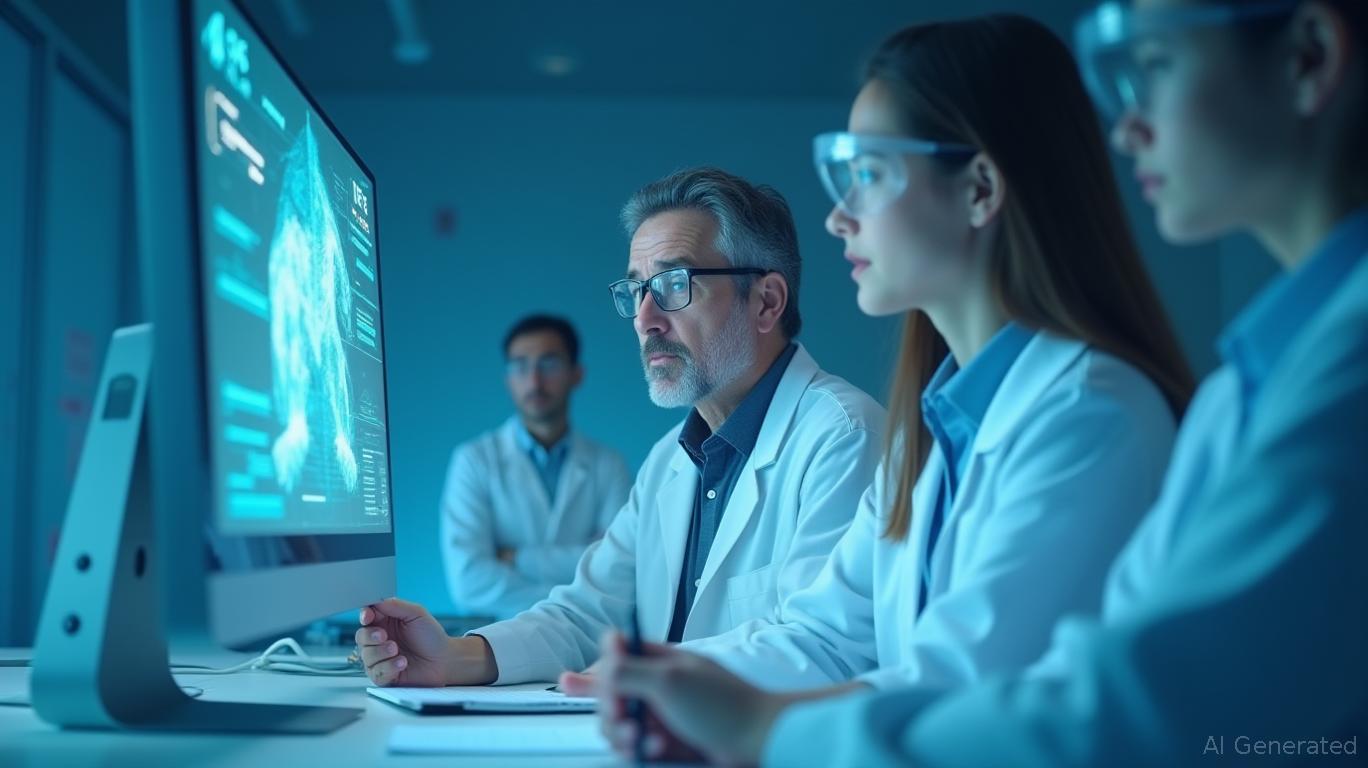AInvest Newsletter
Daily stocks & crypto headlines, free to your inbox
OpenAI, a prominent artificial intelligence company, has issued a warning that its forthcoming AI models may significantly elevate the risk of aiding in the development of bioweapons. This concern arises as the company continues to push the boundaries of AI capabilities, with the potential for misuse becoming an increasingly urgent issue. The advanced nature of these models, designed to assist users in various tasks, also raises the possibility of malicious applications, including the creation of biological weapons.
The warning from OpenAI underscores the dual-use nature of advanced AI technologies. While these models can be utilized for beneficial purposes such as scientific research and medical advancements, they also carry the risk of being exploited for harmful ends. OpenAI's cautionary statement emphasizes the necessity for stringent safety measures and ethical guidelines to mitigate these risks. The company has stated that it is enhancing its testing protocols to ensure that its models are used responsibly and that any potential for misuse is minimized.
The potential for AI to aid in the development of bioweapons is not a distant possibility. According to OpenAI, its models could be used to engineer biological agents or even create pandemics. This capability is particularly alarming given the increasing sophistication of AI technologies and the ease with which they can be accessed. The company's warning serves as a stark reminder of the need for vigilance and proactive measures to prevent the misuse of AI.
OpenAI executives have indicated that upcoming models will soon trigger the high-risk classification under the company’s preparedness framework, a system designed to evaluate and mitigate the risks posed by increasingly powerful AI models. OpenAI’s head of safety systems, Johannes Heidecke, has stated that the company is “expecting some of the successors of our o3 (reasoning model) to hit that level.”
In a blog post, the company detailed its plans to increase safety testing to mitigate the risk that models will help users in the creation of biological weapons. OpenAI is concerned that without these mitigations, models will soon be capable of “novice uplift,” allowing those with limited scientific knowledge to create dangerous weapons. Heidecke noted, “We’re not yet in the world where there’s like novel, completely unknown creation of bio threats that have not existed before. We are more worried about replicating things that experts already are very familiar with.”
One of the challenges is that some of the same capabilities that could allow AI to help discover new medical breakthroughs can also be used for harm. Heidecke emphasized the need for highly accurate testing systems, stating, “This is not something where like 99% or even one in 100,000 performance is … sufficient. We basically need, like, near perfection.”
OpenAI is not the only company concerned about the misuse of its models when it comes to weapon development. As models become more advanced, their potential for misuse and risk generally grows. Anthropic, another leading AI company, recently launched its most advanced model, Claude Opus 4, with stricter safety protocols than any of its previous models, categorizing it as AI Safety Level 3 (ASL-3) under the company’s Responsible Scaling Policy. Previous Anthropic models have all been classified as AI Safety Level 2 (ASL-2) under the company’s framework, which is loosely modeled after the U.S. government’s biosafety level (BSL) system.
Models that are categorized in this third safety level meet more dangerous capability thresholds and are powerful enough to pose significant risks, such as aiding in the development of weapons or automating AI R&D. Early versions of Anthropic’s Claude 4 were found to comply with dangerous instructions, for example, helping to plan terrorist attacks, if prompted. However, the company said this issue was largely mitigated after a dataset that was accidentally omitted during training was restored.
The implications of this warning extend beyond the realm of bioweapons. The development of AI technologies that can assist in the creation of biological agents raises broader questions about the ethical use of AI and the responsibility of companies like OpenAI. As AI continues to evolve, it is crucial that these technologies are developed and deployed in a manner that prioritizes safety and ethical considerations. This includes not only technical safeguards but also regulatory frameworks and industry standards that ensure the responsible use of AI.
OpenAI's warning also highlights the need for ongoing dialogue and collaboration between AI developers, policymakers, and other stakeholders. The potential for AI to be used for harmful purposes underscores the importance of a coordinated approach to addressing these risks. This includes the development of international standards and guidelines for the ethical use of AI, as well as the establishment of mechanisms for monitoring and enforcing these standards.
In conclusion, OpenAI's warning about the potential for its future models to aid in the development of bioweapons serves as a wake-up call for the AI industry and society at large. As AI technologies continue to advance, it is essential that we remain vigilant and proactive in addressing the risks associated with their use. This includes the development of robust safety measures, ethical guidelines, and regulatory frameworks that ensure the responsible use of AI. By taking these steps, we can harness the power of AI for the benefit of humanity while minimizing the risks of misuse.

Quickly understand the history and background of various well-known coins

Dec.02 2025

Dec.02 2025

Dec.02 2025

Dec.02 2025

Dec.02 2025
Daily stocks & crypto headlines, free to your inbox
Comments
No comments yet